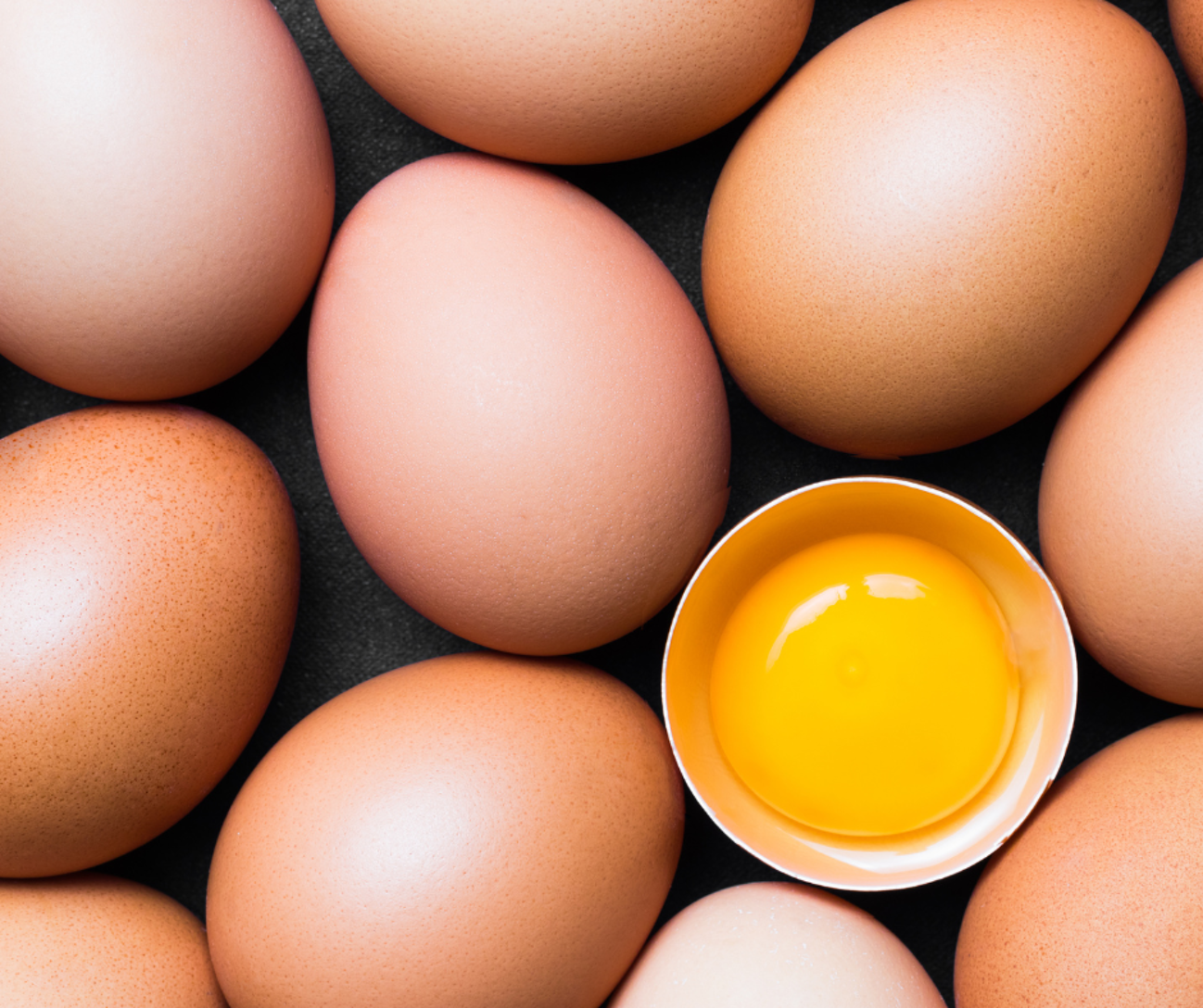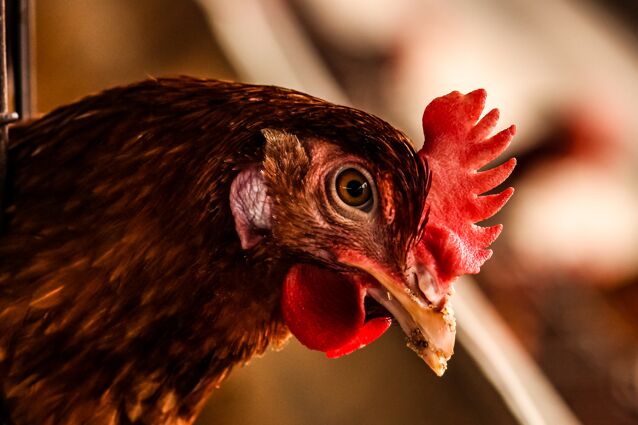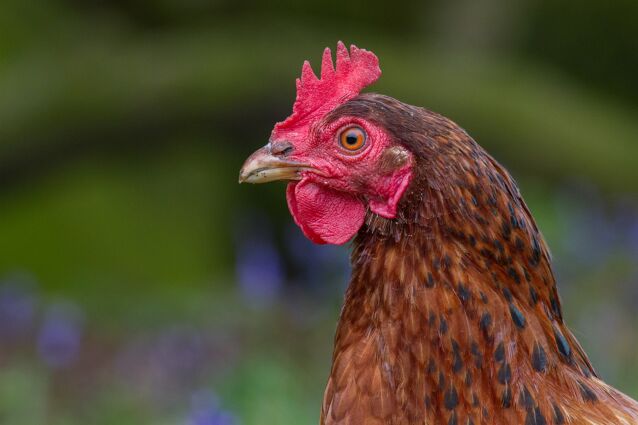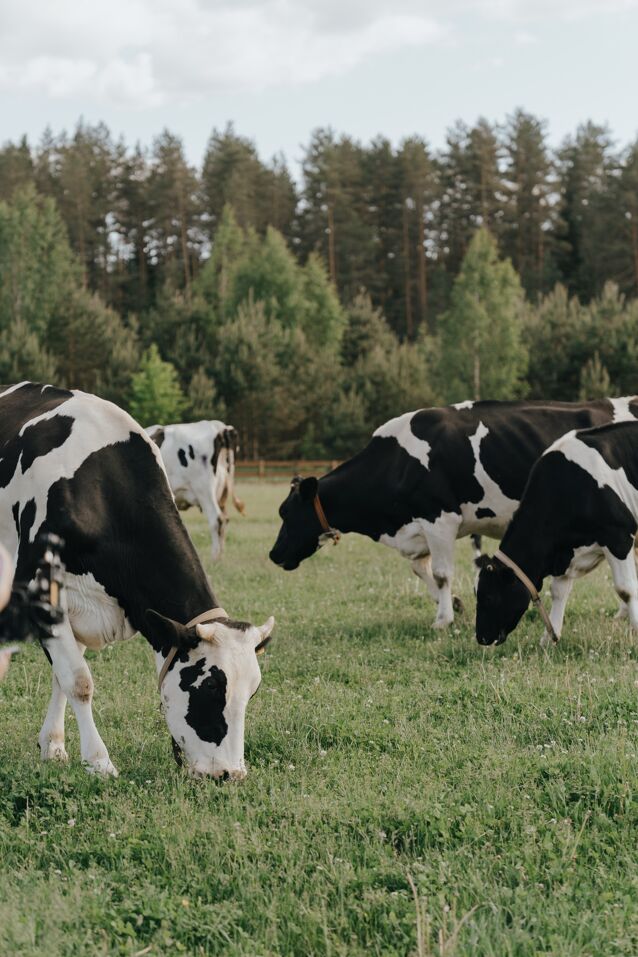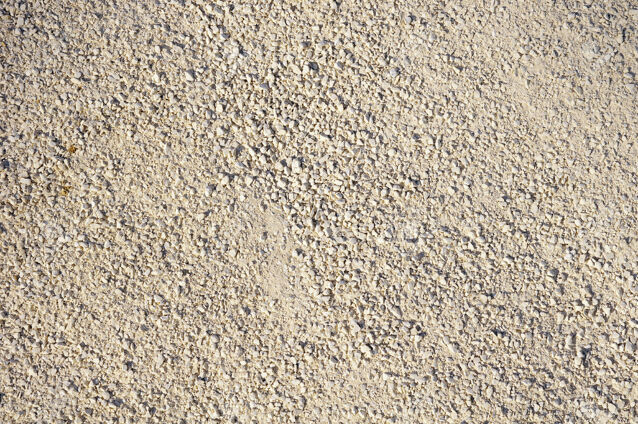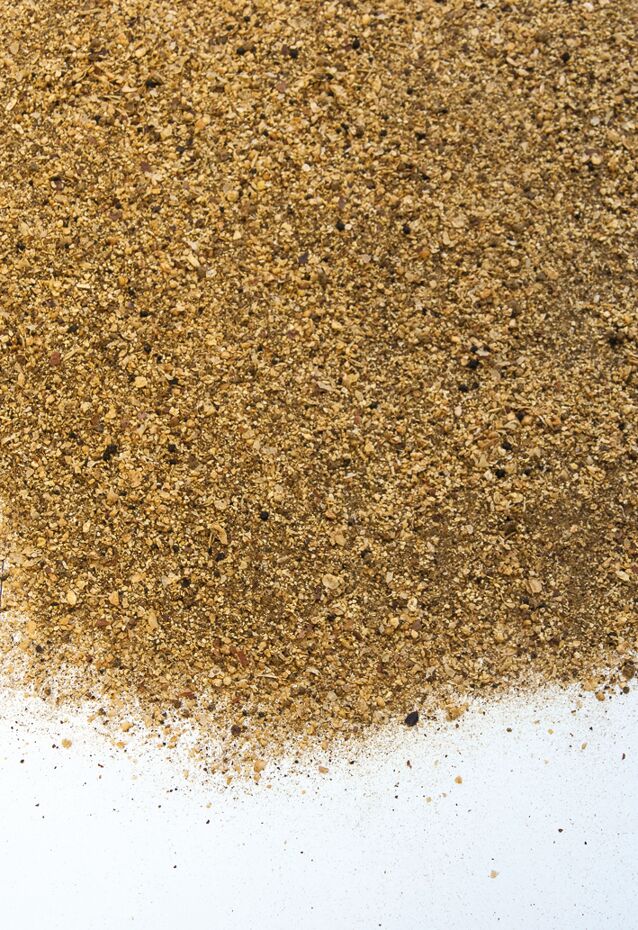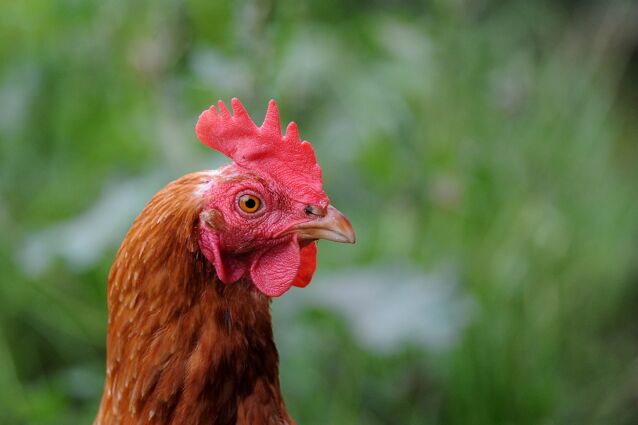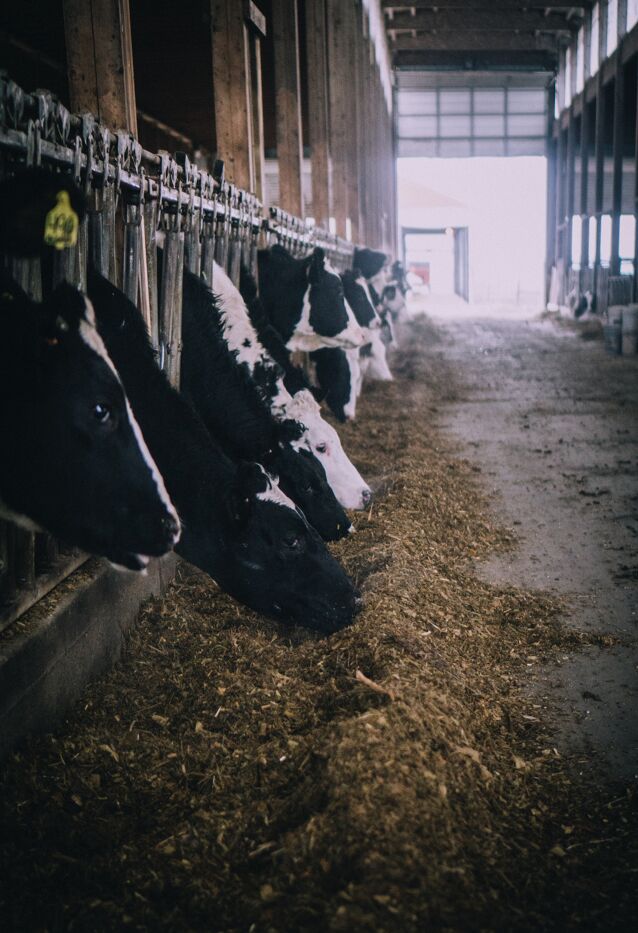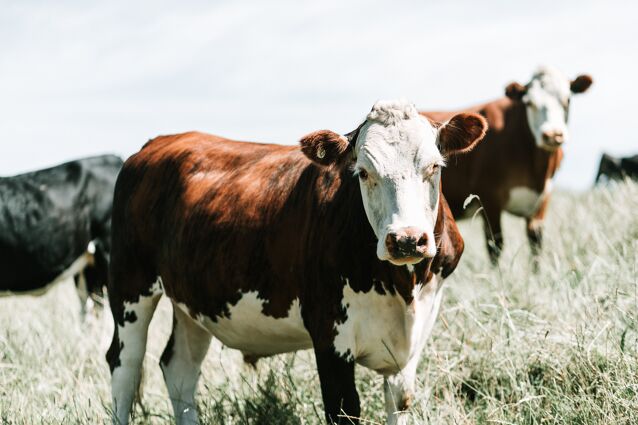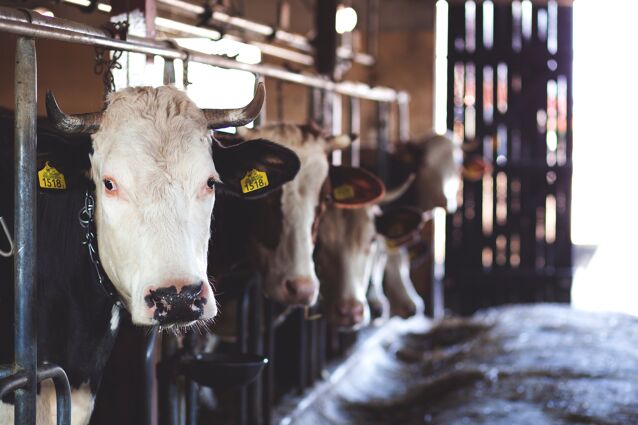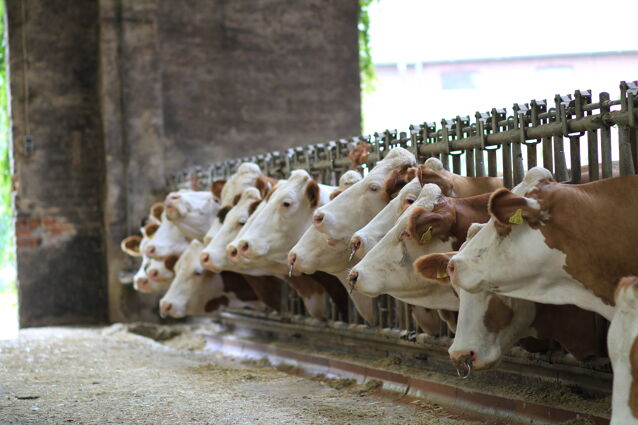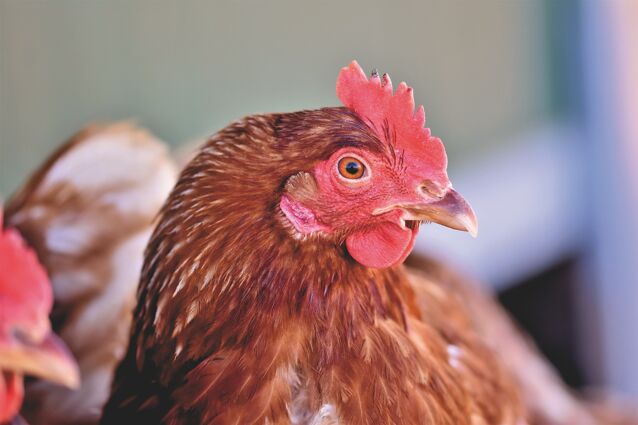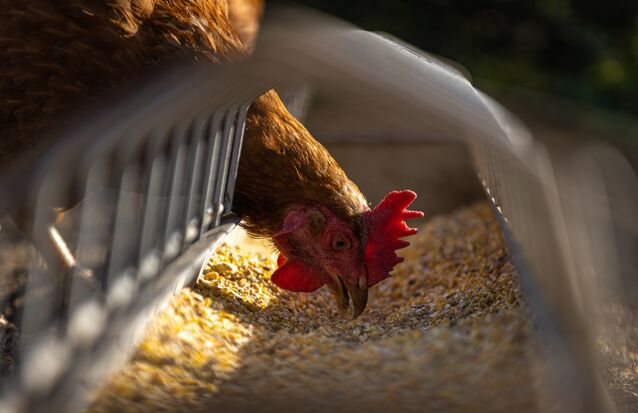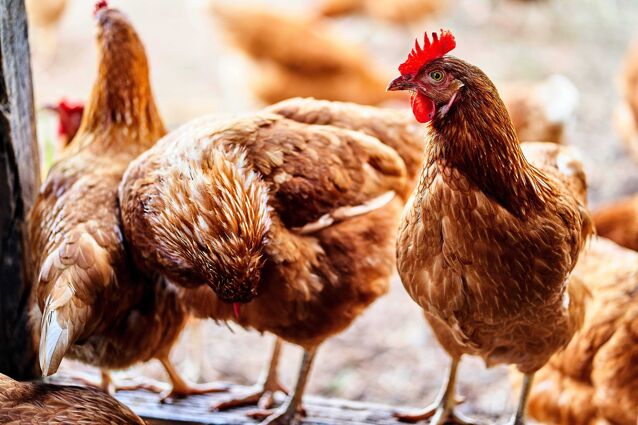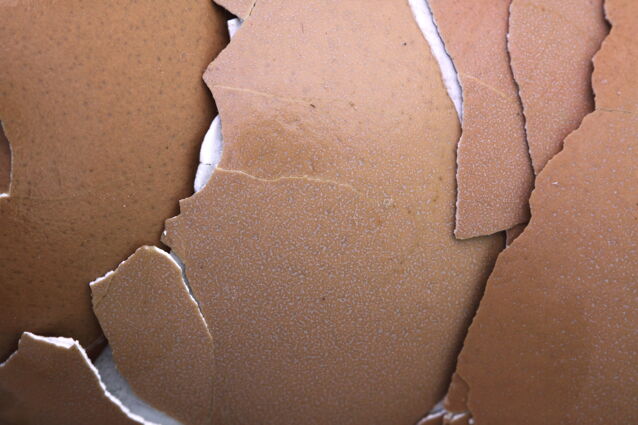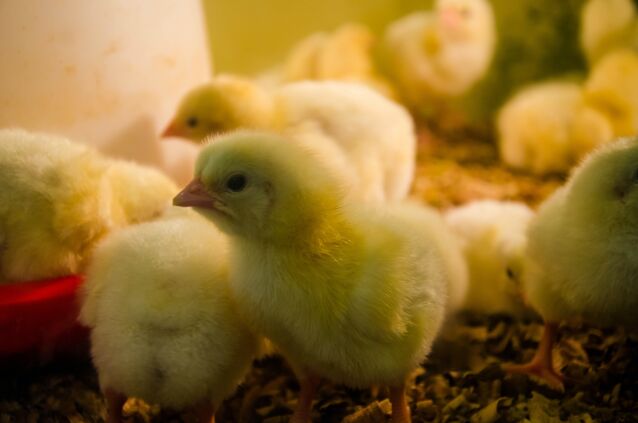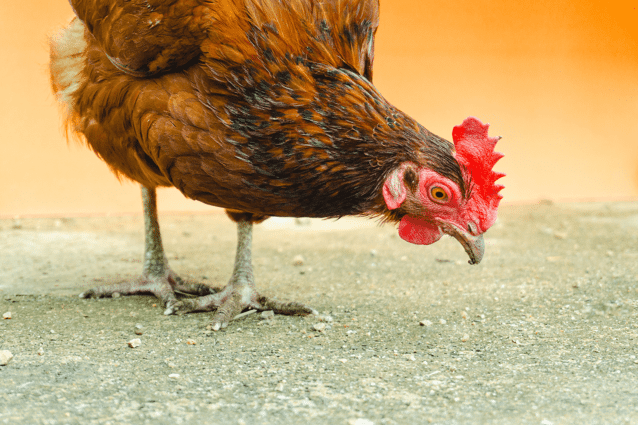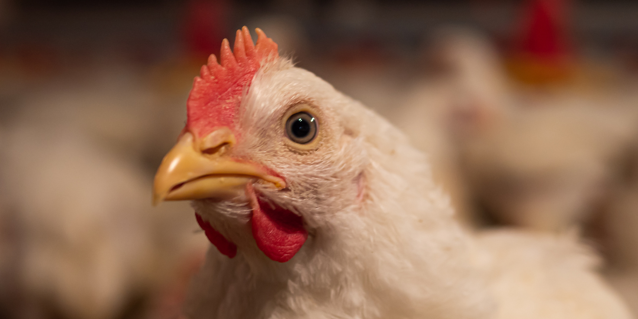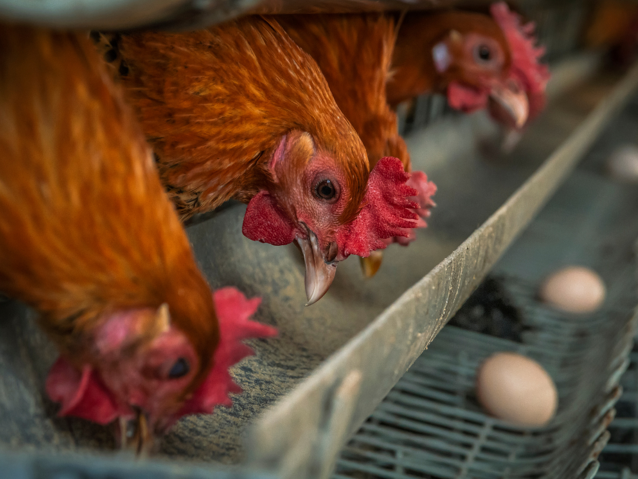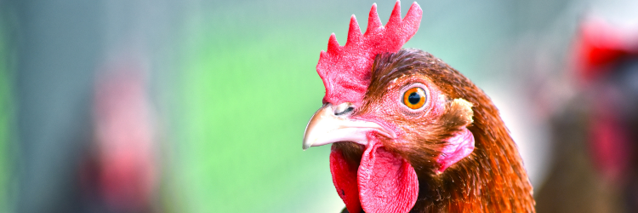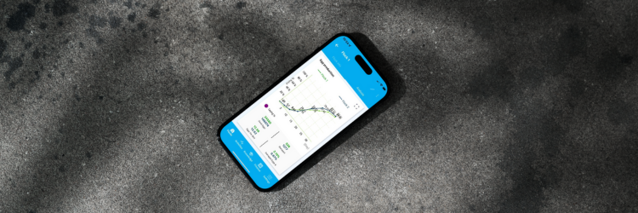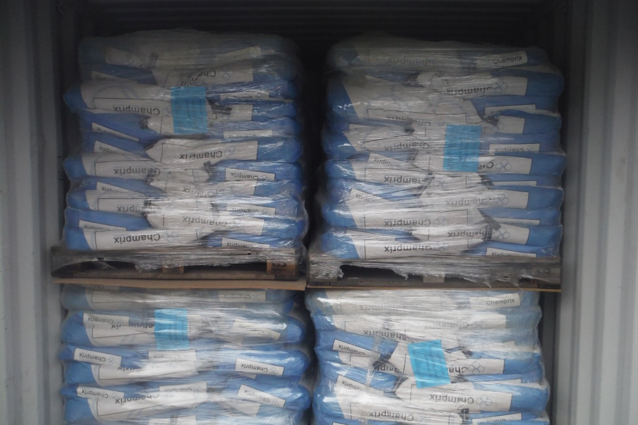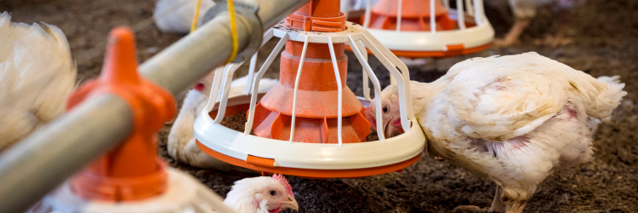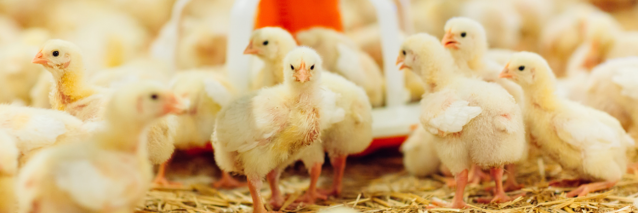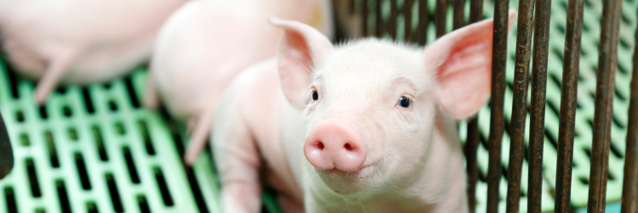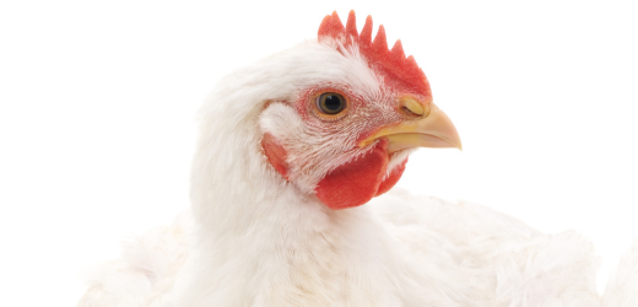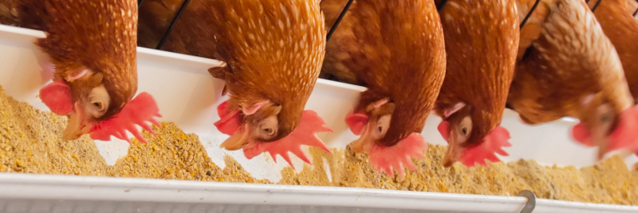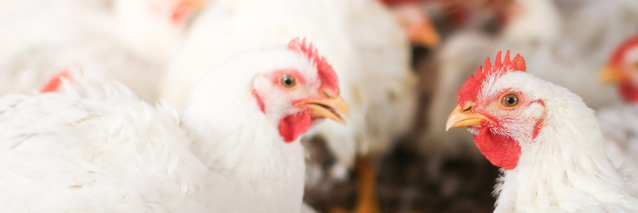In a fertilized egg, the yolk provides proteins and fats necessary for embryonic growth. However, for consumer use, the yolk is associated with the quality of an egg. The colour of the yolk is very important and is strongly influenced by the direct transfer of pigments from the feed to the yolk. Pigments are therefore added to laying hen feeds to obtain the desired colour.
The colour of the yolk depends mainly on the type and concentration of carotenoids in the feed. Carotenoids include a group of yellow to reddish pigments. The two largest groups of carotenoids are the carotenes and the xanthophylls of which the xanthophylls are especially important in egg colouring. Originally, xanthophyll is found in raw materials, such as yellow corn, distiller's grain, or alfalfa in the form of lutein and zeaxanthin. However, the level of pigments in the raw materials is not enough to get the desired yolk colour and therefore extra pigment is added to the feed. The deposition of pigments in the egg is not only determined by the amount of pigment in the feed, several other factors also influence egg yolk pigmentation;
Dietary fat content
The composition of the total diet affects the absorption of the pigments. For example, absorption is better when the dietary fat content is higher. This means that less pigments should be fed when the fat content is high, and more pigments when the fat content is low.
The level of vitamin A
Some carotenoids are precursors of vitamin A. In case of a shortage of vitamin A, the pigments are converted into this vitamin, resulting in less pigments being deposited in the yolk. The addition of a Champrix premix or concentrate always guarantees an adequate vitamin A content.
Chicken health
If the chicken has an infection in the gastrointestinal tract, this reduces the overall absorption of nutrients, as well as the absorption of pigments, causing the yolk to be less coloured. This emphasises that only a healthy hen produces eggs with the optimal yolk colour.
Feed spoilage
Aflatoxins released during feed spoilage affects the absorption, transport and deposition of carotenoids. As a result, food spoilage impairs the action of these pigments. All Champrix toxin binders reduces the negative effects of aflatoxins for 99% and contributes to good yolk pigmentation.
The level of antioxidants
The pigment xanthophyll acts as an antioxidant, once this happens xanthophyll is no longer used as an egg yolk pigment. To ensure that xanthophyll is used for yolk colouring during immunological challenges and not as an antioxidant, it is important to add antioxidants to the feed. Antioxidants are always included in Champrix premixes and concentrates preventing that xanthophyll is used as an antioxidant.
In order to achieve the right yolk colour, it is not only good to know what influences the colour, but most importantly what the customer thinks is the perfect colour. This preference is determined by geographical and cultural differences; Europeans, for example, prefer a very dark coloured yolk. Lighter coloured yolks are preferred in places where raw materials are fed that naturally contain fewer carotenoids, such as in Tanzania, where sorghum is commonly fed.
